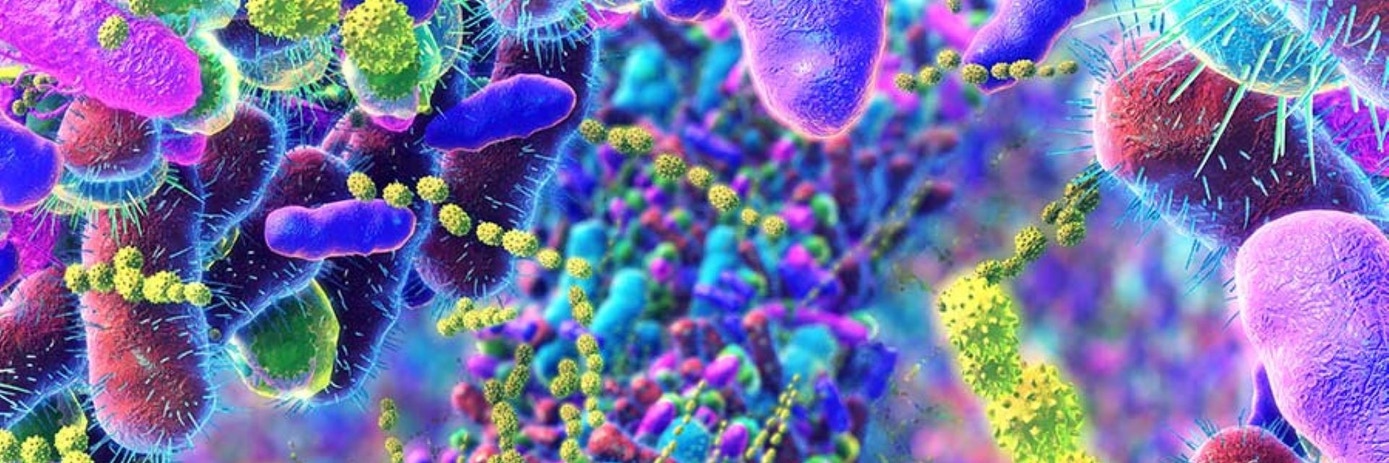Microbial communities are the architects of our environment, playing crucial roles in everything from soil health to human digestion. Understanding these communities is essential for various applications in fields such as medicine, agriculture, and environmental science.
Among the available techniques for studying microbial communities, whole genome sequencing (WGS) is the most comprehensive and can offer insights into microbial function and interaction. Rather than just cataloguing the species present, WGS dives deeper into what these microbes do, how they interact, and how they contribute to the overall environment. This process can reveal insights into microbial metabolism, resistance to antibiotics, and the production of bioactive compounds. From the technical point of view the benefits of WGS are two:
Depth and Breadth of Data
WGS captures the entire genome of every organism in a sample, allowing for a thorough analysis of functional genes, metabolic pathways, and regulatory networks, offering a picture of the roles and interactions of community members. This contrasts with targeted approaches like 16S rRNA sequencing, which only provides information about certain conserved regions and is limited to taxonomic identification. With WGS, researchers can uncover novel functional elements that may be missed by targeted sequencing methods.
Metagenomic shotgun sequencing, another popular approach, also provides insights into microbial function but may suffer from biases due to uneven genome coverage and difficulties in assembling complete genomes from complex communities. Microbial whole genome sequencing, on the other hand, offers a more balanced representation of community members and enables the reconstruction of high-quality genomes, providing a more accurate picture of microbial function and interaction.
Enhanced taxonomic resolution
WGS offers better taxonomic resolution than amplicon sequencing methods. By analysing the entire genome, researchers can confidently distinguish between closely related species or strains, which might perform very different roles in the community.
In this regard, one of the key advantages of WGS is its ability to identify single-nucleotide polymorphisms (SNPs) and other small-scale genetic variations. This high-resolution data can be used to infer differences between community members and understand the genetic basis of phenotypic diversity.
While other methods have their place, particularly in cost-sensitive applications, WGS offers unparalleled insights into the roles and relationships within microbial ecosystems. As the costs of WGS continue to drop, it is likely to become more prevalent in microbial research. Its capacity to bridge the gap between taxonomy and function makes it an indispensable tool for anyone seeking to understand in detail the microbial world.
If you want to learn more about WGS library preparation and analysis, please visit NEXTFLEX® Rapid XP V2 DNA-seq Kit for metagenomics
 NEXTFLEX Rapid XP V2 DNA-Seq Kit for Metagenomics
Discover
.
NEXTFLEX Rapid XP V2 DNA-Seq Kit for Metagenomics
Discover
.

































